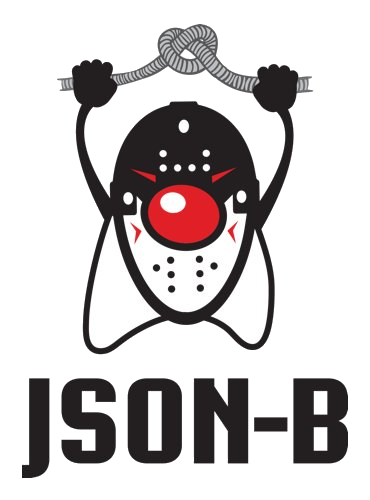{ "Getting" : "started" }


This is a quick Getting Started guide showcasing the basic JSON-B operations.
<repositories>
<!-- Needed for JSON-B API -->
<repository>
<id>java.net-Public</id>
<name>Maven Java Net Snapshots and Releases</name>
<url>https://maven.java.net/content/groups/public/</url>
</repository>
</repositories><dependency>
<groupId>javax.json.bind</groupId>
<artifactId>javax.json.bind-api</artifactId>
<version>1.0</version>
</dependency>
<dependency>
<groupId>org.eclipse</groupId>
<artifactId>yasson</artifactId>
<version>1.0</version>
</dependency>
<dependency>
<groupId>org.glassfish</groupId>
<artifactId>javax.json</artifactId>
<version>1.1</version>
</dependency>
The main JSON-B entry point is Jsonb class. It provides all necessary methods to serialize and
deserialize Java objects. Jsonb instances are thread safe. They can be cached and reused.
public class Dog {
public String name;
public int age;
public boolean bitable;
}
// Create a dog instance
Dog dog = new Dog();
dog.name = "Falco";
dog.age = 4;
dog.bitable = false;
// Create Jsonb and serialize
Jsonb jsonb = JsonbBuilder.create();
String result = jsonb.toJson(dog);
// Deserialize back
dog = jsonb.fromJson("{\"age\":4,\"bitable\":false,\"name\":\"Falco\"}", Dog.class);JSON-B supports collections and generic collections handling. For proper deserialization the runtime type of resulting object needs to be passed to JSON-B during deserialization. It can be done a way shown below.
// List of dogs
List<Dog> dogs = new ArrayList<>();
dogs.add(falco);
dogs.add(cassidy);
// Create Jsonb and serialize
Jsonb jsonb = JsonbBuilder.create();
String result = jsonb.toJson(dogs);
// Deserialize back
dogs = jsonb.fromJson(result, new ArrayList<Dog>(){}.getClass().getGenericSuperclass());
Your mappings can be customized in many different ways. You can use JSON-B annotations for compile
time customizations and JsonbConfig class for runtime customizations. The sample below
shows a creation of custom configuration serializing null values (by default class properties with
null values are skipped).
// Create custom configuration
JsonbConfig nillableConfig = new JsonbConfig().withNullValues(true);
// Create Jsonb with custom configuration
Jsonb jsonb = JsonbBuilder.create(nillableConfig);
// Use it!
String result = jsonb.toJson(pojo);